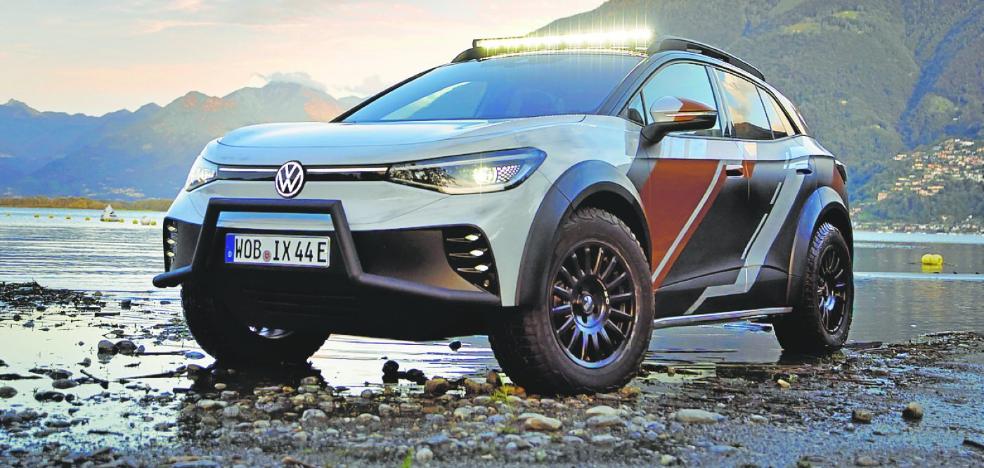In addition to the usual traffic rules, this type of car requires a more specialized driving behaviour.
The motorhome is a vehicle derived from a chassis-cab type van, built like a house; the caravan is a trailer that has been built up as a house and for which another vehicle has to be moved; and the motorhome is a van that incorporates all the necessary elements inside and out to be able to use it as a home.
Registrations of this type of vehicle have grown by 28% over the past 9 years, showing that more and more people are interested in planning a getaway or a vacation in these houses on wheels.
As in any other vehicle, before traveling, you should check the condition and pressure of the tires as well as the oil level, coolant and washer fluid, and once on the road avoid acceleration, sudden changes in speed, sudden braking and overtaking more than one vehicle.
But you should also consider its special features to travel safely, avoid fines and other types of accidents.
The road safety experts at Fundación MAPFRE also advise these drivers to be aware of the existence of blind spots, which are much larger in vehicles of this size, an important aspect that can help prevent accidents with cyclists and motorists, especially on the highways. road, as but also among pedestrians and electric scooter users, especially in the city.
Motorhomes are especially sensitive to crosswinds, so special attention should be paid to this circumstance, especially when exiting tunnels, crossing an overpass and overtaking trucks.
In addition, if it is their first time getting behind the wheel of this type of vehicle or if they are inexperienced, they must also practice some maneuvers before starting a drive, such as parking, reversing and sharp turns, which are more complicated than in a car.
Current regulations warn that passengers are prohibited from occupying the passenger compartment of a motorhome (space intended for housing) unless the vehicle has approved seats, ie with the corresponding seat belt. Just like in a car, the belt should be used on all seats and on all journeys.
Children under 1.35m tall are required by traffic regulations to use a child restraint system (seat or booster), although experts recommend that minors do so until they are 1.50m tall, in the same way as in a tourist. Pets must always travel in a carrier (immobilized) or with a suitable harness.
Food and hygiene products, as well as clothing, toys and beach chairs and tables, among other things with which you travel, must be transported safely in the available cupboards and compartments, which must be locked to prevent anyone from entering these items in the event of a collision or sudden maneuver and cause injury.
Motorhomes and RVs can be parked anywhere that parking is allowed, unless there is a city ordinance prohibiting it or the dimensions make it difficult for other vehicles to drive normally. It is advisable to carry blocks especially if you are parking on a slope and as in any private vehicle you can eat and sleep inside as long as it is parked.
Free camping is prohibited in Spain, as the camping areas are reserved for that. The motorhome is considered camping if some elements protrude from the vehicle, such as the awning and tilt and turn windows, among others, or if we use tables and chairs outside. Also when performing actions that may cause discomfort, such as cooking.
It is not recommended to spend the night in highway or highway service areas to avoid noise pollution and theft.
As in tourism, motorhome drivers are not allowed to drive faster than 120 km/h and not less than 60 km/h on highways and highways. If the maximum authorized mass (MMA) is greater than 3,500 kg, the maximum speed on this type of road is 90 km/h.
On secondary roads, the speed limit at which they are allowed to drive is 90 km/h (80 km/h if they exceed 3,500 kg) and on urban roads with only one lane in each direction of travel, the maximum speed allowed is 30 km/h 50 km /u when there is more than one lane in each direction. In the case of single-platform streets, where the sidewalk is level with the road, the maximum traffic speed will be 20 km/h. If you are planning to travel abroad, it is advisable to consult the specific regulations of each country beforehand.
Source: La Verdad
I am Ida Scott, a journalist and content author with a passion for uncovering the truth. I have been writing professionally for Today Times Live since 2020 and specialize in political news. My career began when I was just 17; I had already developed a knack for research and an eye for detail which made me stand out from my peers.



